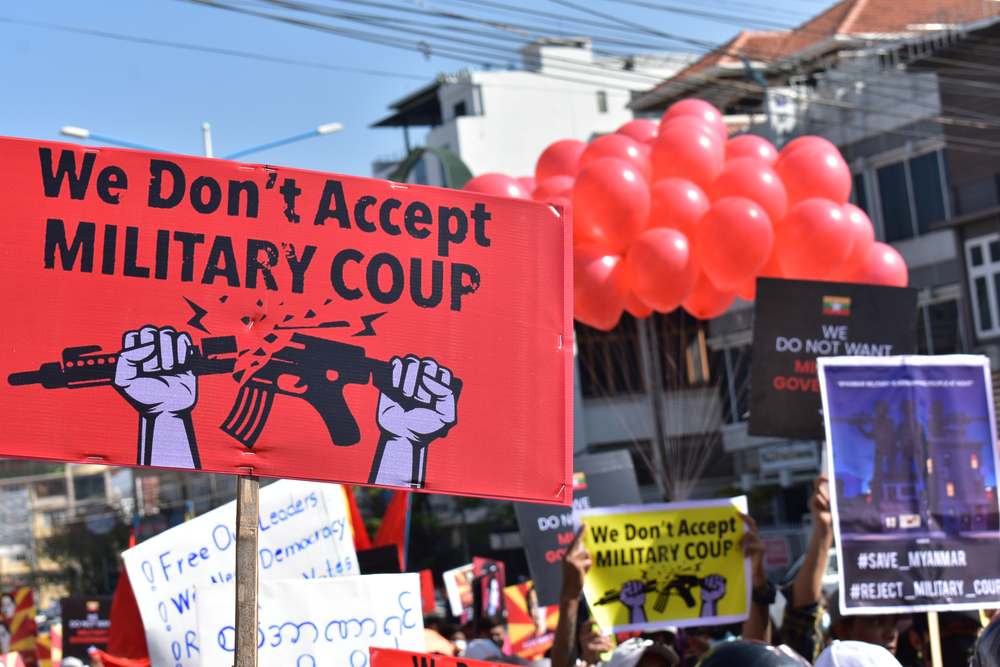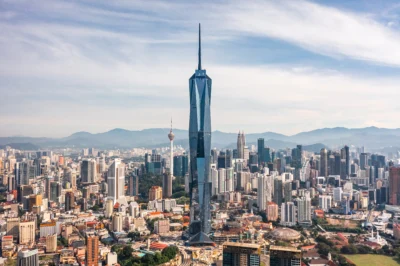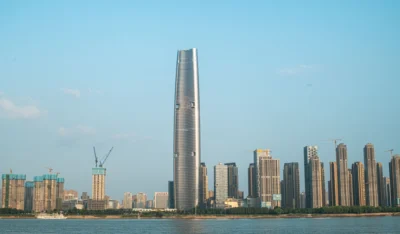Back to basics for Myanmar’s real estate sector
Political turmoil and the pandemic have wreaked terrible damage on Myanmar’s real estate sector. Yet there are signs of life, especially at the lower end of the residential market, as the country’s economic situation stabilises

Myanmar’s real estate market has witnessed a perfect storm during the past three years, causing low confidence and even lower prices. In early 2021, when talk of vaccines began to dominate narratives of recovery in most markets in the region, Myanmar began its latest cycle of political instability amid a military takeover and protests.
More than two years later, security has improved in the country’s main economic hub Yangon. Yet a midnight curfew remains in place, electricity blackouts have increased in duration and frequency, and the local currency—the kyat—has this year plummeted to record lows on the black market prompting the military government to impose strict capital controls.
“It’s challenging,” says Karlo Pobre, managing director of Colliers International Myanmar, and deputy managing director of Colliers in Thailand. “Banks have not been providing many loans, and real estate projects—many of the big ones—are on hold.”
Although the economy is finally showing signs of life, outsized investment risks associated with the country continue to weigh on recovery prospects. At the end of June, World Bank country director Mariam Sherman noted that “Myanmar is again making economic progress.”
However, a World Bank assessment concluded that the country’s economic recovery remains uneven and weak amid a three percent uptick in GDP projected for the previous 12 months, among the lowest in the region.
Although currency impacts on the wider economy have been negative in the most part, the lack of confidence in the kyat has spurred some activity in the property market as people in the country seek safety for their wealth
The US and the EU have increased sanctions on the military government since soon after the coup, compounding economic problems. In June, the US government extended its embargo to include Myanmar Foreign Trade Bank and Myanmar Investment and Commercial Bank, both state-owned lenders.
The local currency remains of particular concern. While official exchange rates reached more than MMK2,000 to the US dollar by September, the gap with black market rates has widened this year from the typical 25 percent to 30 percent range, according to the World Bank, causing the value of the local currency to plunge to lows of MMK4,000 to the US dollar.
In response to the currency crisis, the central bank in late July made a rare announcement designed to quell concern over a lack of foreign currency amid reduced tourist and foreign investment, and the plunging value of the kyat.
“If there is demand for foreign currency in the market, we will provide financing to banks, importers and business that need foreign currency,” says Win Myint, director general of the central bank’s currency management department, adding that the central bank will be “applying a moderately tight monetary policy.
Although currency impacts on the wider economy have been negative in the most part, Pobre of CIM says the lack of confidence in the kyat has spurred some activity in the property market as people in the country seek safety for their wealth.
Land sales have been buoyant in Myanmar, and activity has returned to the lower-priced housing market. However, a negative side effect has been that wealthier people have looked to neighbouring Thailand to purchase property assets. As a result, Myanmar nationals now represent the second-largest investor segment from the Asian region in the Thai market.
The office and hotel segments remain notably stagnant, particularly at the top end of the market. In March, Keppel Land of Singapore announced it was selling its Straits Greenfield hotel project in Myanmar for USD57.4 million. In June, real estate agency Luxury House advertised nearly 30 hotels for sale. Of the dozen five-star hotels in Yangon, half remained closed as of midway through this year amid a significant drop in international tourism.
During the early stages of Myanmar’s political opening in the early 2010s, real estate agents in Yangon compared office prices per square-meter to those in Manhattan amid a lack of supply as new investors were asked to pay exorbitant rents, with a minimum of a year of payments upfront as standard.
Fast-forward a decade, and Grade-A office buildings in Yangon are currently struggling to remain half full amid an exodus of foreign companies, with rates down to below USD20 per square metre, says Pobre of CIM.
An economic recovery is underway in Myanmar. Yet the base is extremely low, and the future remains far from certain, according to most analysts. Fitch Solutions has forecast 3.5 percent economic growth for the 2024 financial year. But this would still leave Myanmar’s economy around 20 percent smaller than it was nearly four years ago.
The immediate outlook for the residential real estate market in Yangon looks better than it did two years ago, founded on lowpriced apartments starting at as little as USD30,000 up to around the USD100,000-mark, according to Pobre. The outlook, though, remains far from rosy.
“Gone are the days when projects were selling 20 or 30 units a month. That was back in 2015 or 2016,” he says. “Looking at the future, it’s going back to basics. That means basic apartments or entry-level condominiums.”
This article was originally published on asiarealestatesummit.com. Write to our editors at [email protected].
Recommended
6 developments driving Asia’s green real estate shift
Developers are being incentivised to push a green agenda into daring new realms
The Philippines’ LIMA Estate drives sustainable industrial growth
LIMA Estate models a citywide vision that uplifts workers while appealing to climate-conscious employers
Malaysia property market rebounds with foreign interest and growth
The nation’s property market is stirring to life, fuelled by foreign buyers and major infrastructure drives
China’s renewable energy surge redefines housing norms and development
From exporting solar panels to building entire green-powered neighbourhoods, China’s renewable surge is redefining housing norms








